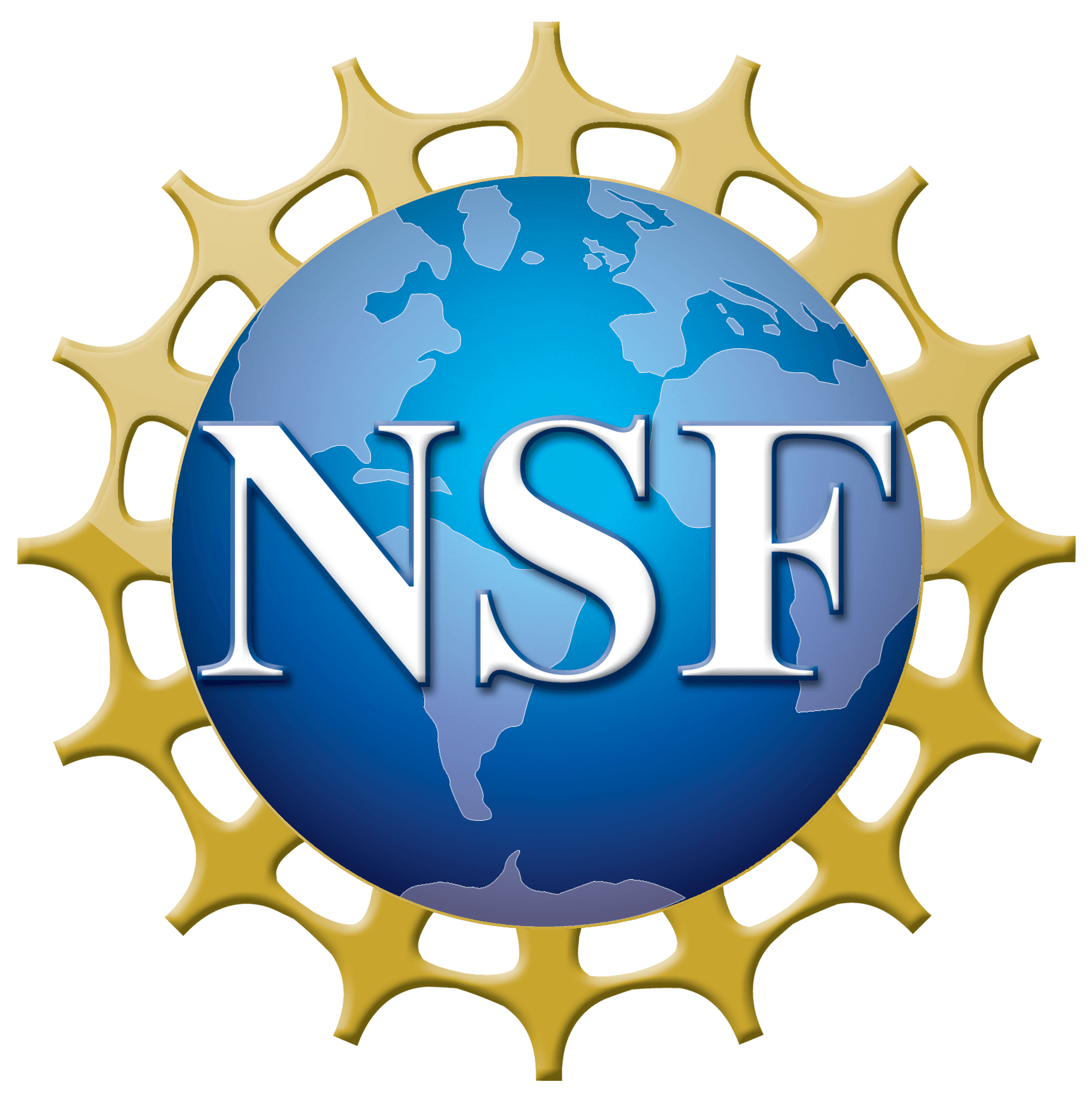Latest NRAO News
News is managed by NRAO News & Public Information. Questions about News? Have a story to share? Want to interview a scientist or create new media about our telescopes?
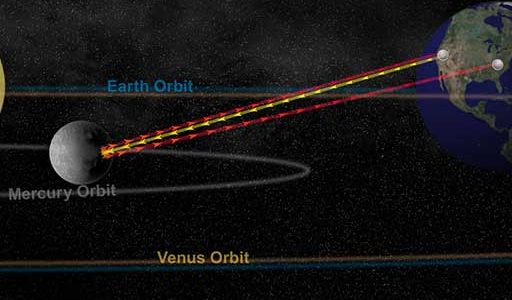
Scientists using a high-precision planetary radar technique for the first time have discovered that the innermost planet Mercury probably has a molten core, resolving a mystery of more than three decades.
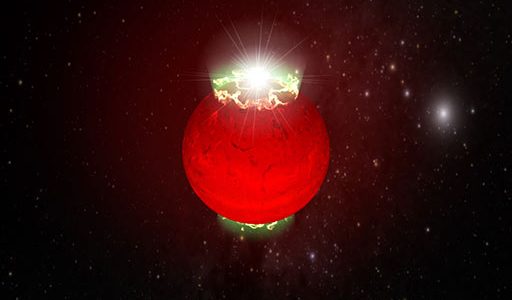
Brown dwarfs, thought just a few years ago to be incapable of emitting any significant amounts of radio waves, have been discovered putting out extremely bright lighthouse beams of radio waves, much like pulsars.
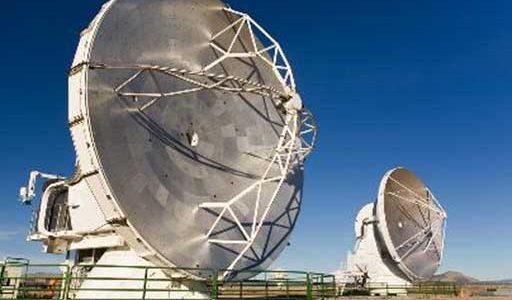
The Atacama Large Millimeter/submillimeter Array, an international telescope project, reached a major milestone on March 2, when two ALMA prototype antennas were first linked together as an integrated system to observe an astronomical object.
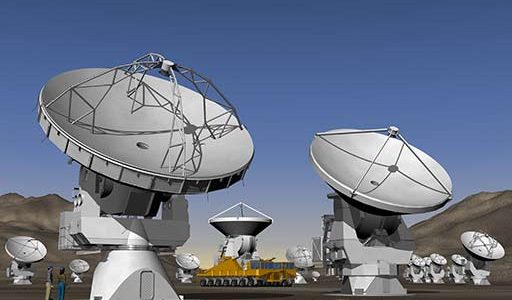
Two teachers from the town of San Pedro de Atacama, in the northern desert of the South American nation of Chile, arrive in Magdalena, New Mexico, Sunday, January 28, for a two-week visit that is part of a Sister Cities program sponsored by Associated Universities, Inc, the nonprofit research corporation that operates the National Radio Astronomy Observatory.
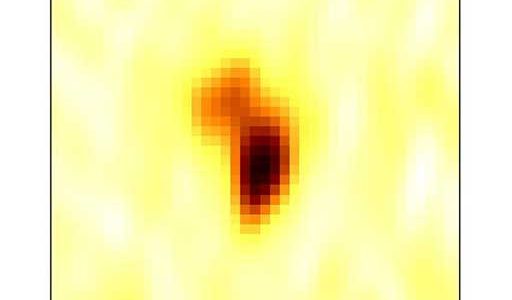
Astronomers have discovered the strongest evidence yet found indicating that matter is being ejected by a medium-sized black hole, providing valuable insight on a process that may have been key to the development of larger black holes in the early Universe.
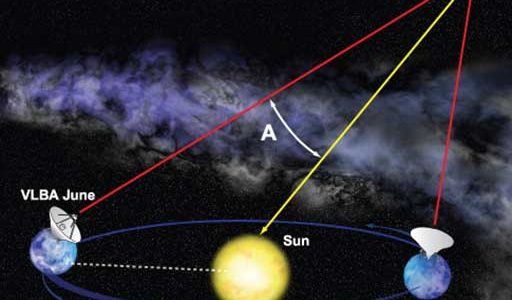
New, high-precision distance measurements by the National Science Foundation’s Very Long Baseline Array (VLBA) radio telescope are providing a major advance for astronomers trying to understand how stars form.




